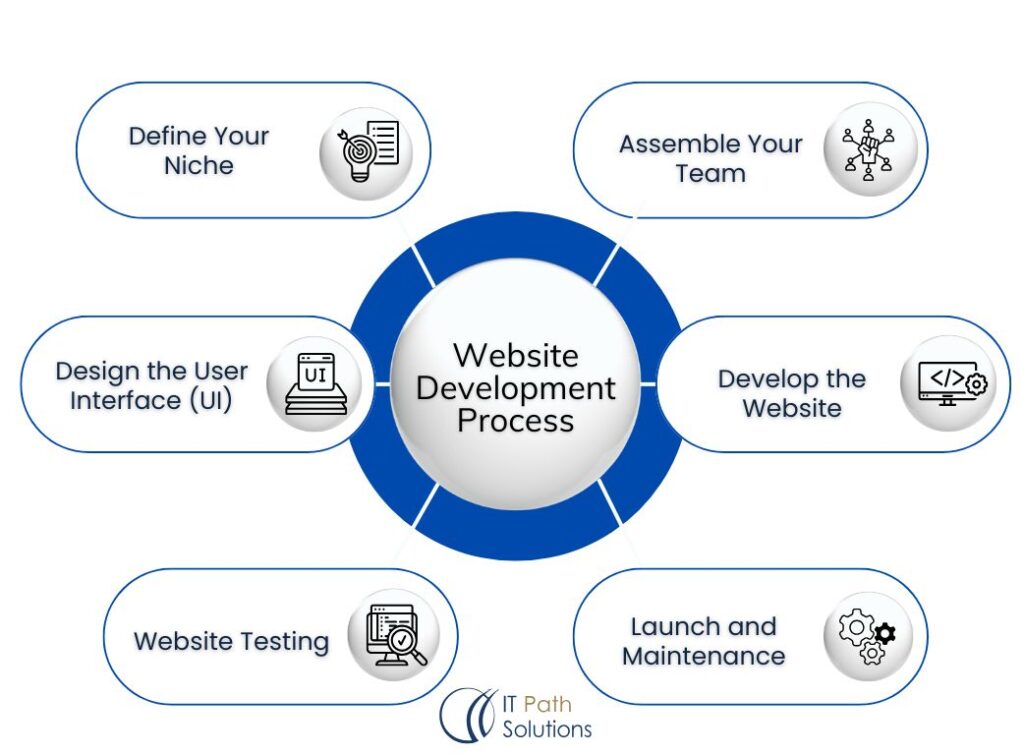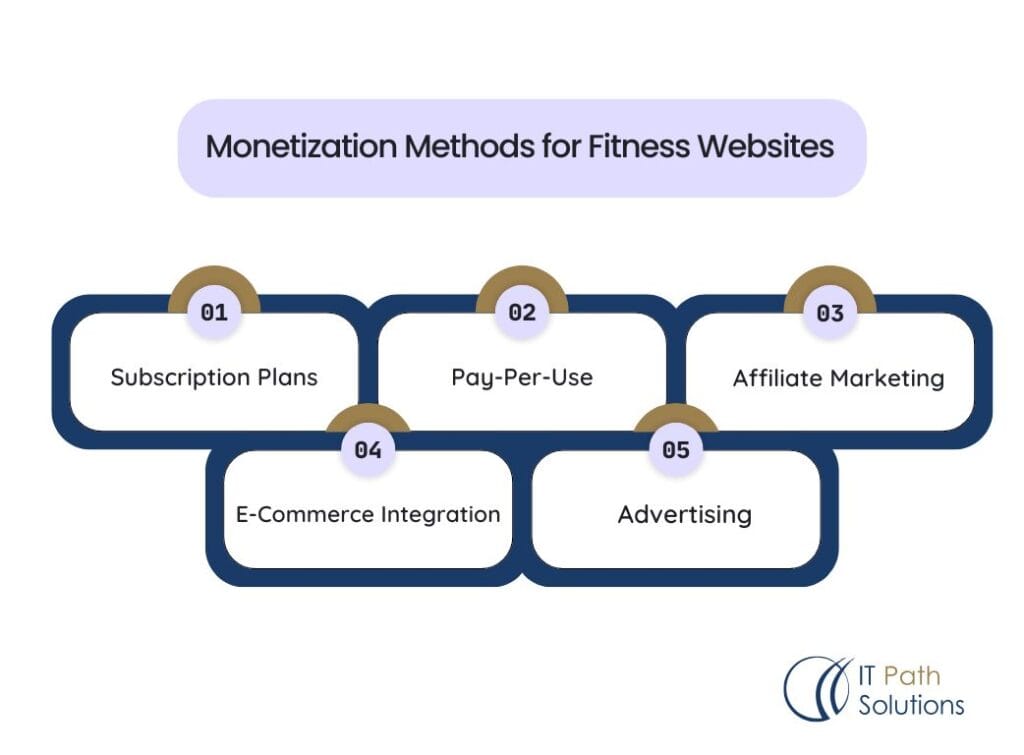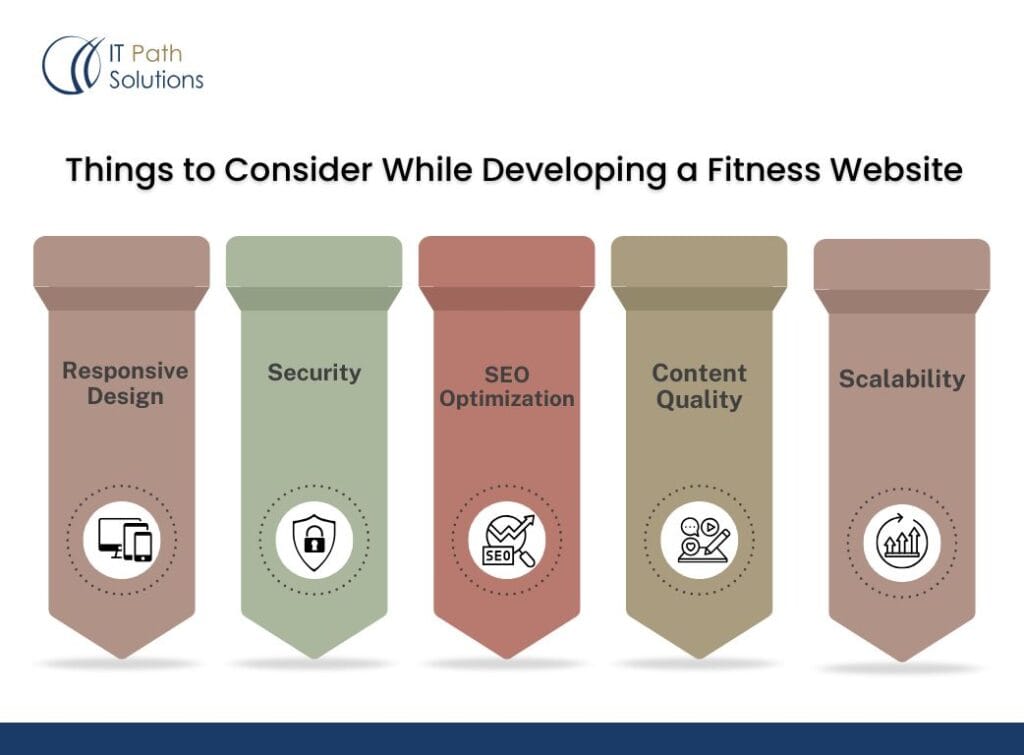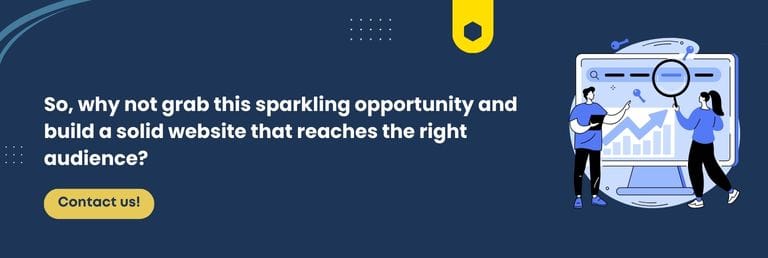Fitness Website Development: A Comprehensive Guide
Keyur Patel
September 12, 2025
8 min
A few things that differentiate a successful fitness web design from a regular fitness web design are intuitive design, clear navigation, informative content, and a stunning user experience. An experienced website development company understands the criticality of all these aspects and helps you design a website that stands out.
But why do you need to focus so much on fitness website development? How can you stand out exceptionally well in the fierce fitness market? Let’s have a look.
What is Fitness Website Development?
Fitness Website development is the process of creating a digital platform to serve consumers’ health and fitness needs. These websites operate similarly to mobile fitness applications but with unique functionalities tailored for web platforms. From virtual workout sessions to fitness tracking tools, a fitness website can encompass a wide array of features to cater to its audience.
Fitness websites go beyond just offering exercise tips; they serve as comprehensive hubs for fitness enthusiasts. Whether it’s integrating personalized workout plans, offering on-demand fitness videos, or enabling seamless communication with trainers, a well-designed fitness website becomes a cornerstone of the user’s health journey.
Why Do You Need a Fitness Website?
The fitness industry is growing exponentially. The global fitness app market size was valued at $1.1 billion in 2021 and is expected to expand at a CAGR of over 17% from 2022 to 2030. Gym membership fees since 2021 average around $28.58 monthly, with the most expensive memberships reaching $75 monthly.
These numbers indicate that fitness enthusiasts are willing to invest significantly to achieve their body goals. A stunning fitness website speaks volumes about your brand and increases your chances of bringing in multiple clients.
Overview of the Fitness Market Scope:
| Market size in 2021 | $6billion |
| Expected market size growth by 2027 | $59billion |
| Largest countries’ online suppliers | US, Canada, India, UK, Germany, and France |
| Technology trends in the fitness market | -AI, and ML technologies integration into app development
– Higher investments by venture capitalists and investment firms |
So, why not grab this sparkling opportunity and build a solid website that reaches the right audience?
Additionally, a fitness website ensures accessibility and convenience for users who prefer online solutions over traditional gym memberships. It allows fitness businesses to expand their reach globally and tap into a larger audience.
Building a Fitness Website: An Overview
You can build a fitness website in three major ways:
- Custom Software Fitness Website
- Using Website Builders
- White-Label Solutions
Custom Software Fitness Website
Custom software development involves creating a fitness website from scratch. This process ensures that the website aligns perfectly with your brand’s needs and offers unique functionalities. IT Path Solutions specializes in building custom websites tailored to your goals.
Custom software fitness websites allow you to incorporate advanced features such as AI-driven workout recommendations, real-time user analytics, and seamless integration with wearable fitness devices. These tailored solutions provide unmatched flexibility and scalability.
Website Development Process

1. Define Your Niche
The fitness market is highly competitive. To stand out, focus on what you wish to offer your customers. Define your platform’s unique selling point (USP). Conduct market research to understand your competitors, audience preferences, pain points, and language preferences.
Identifying a niche not only helps in targeting the right audience but also reduces direct competition. For example, focusing on home fitness solutions or postpartum fitness can carve out a dedicated user base.
2. Assemble Your Team
Decide whether you’ll build the website in-house or hire remote developers. Both options have their pros and cons, so evaluate your budget, timeline, and technical needs.
Outsourcing to experienced professionals like IT Path Solutions can streamline the process, ensuring expertise in the latest technologies and trends while saving costs on in-house infrastructure.
3. Design the User Interface (UI)
Create an intuitive and visually appealing design. Ensure clear navigation and compatibility across devices. Use wireframes and prototypes to finalize the design before development.
Prioritize user experience by incorporating features like easy login options, personalized dashboards, and interactive elements such as progress trackers and gamified workout challenges.
4. Develop the Website
This involves backend and frontend development. Incorporate features like user accounts, workout tracking, payment gateways, and live streaming.
Advanced backend functionalities like cloud-based data storage and AI-driven analytics can significantly enhance the website’s performance and user engagement.
5. Testing
Thoroughly test the website for functionality, responsiveness, and security. Address any bugs or performance issues.
Comprehensive testing includes cross-browser compatibility, stress testing under heavy traffic, and vulnerability assessments to ensure a robust platform.
6. Launch and Maintenance
Once testing is complete, deploy the website. Ensure regular updates and maintenance to keep it running smoothly.
Launching with a marketing plan, such as SEO optimization and social media campaigns, can give your website a competitive edge from day one.
Monetization Methods for Fitness Websites

1. Subscription Plans
Offer membership plans for premium content like virtual classes or personalized workout routines. Multiple tiers of subscription plans can cater to diverse audience needs.
2. Pay-Per-Use
Allow users to pay for individual classes or services without committing to a subscription. This flexibility attracts casual users.
3. Affiliate Marketing
Partner with fitness product brands to earn commissions on sales made through your website. Ensure the partnerships align with your audience’s interests.
4. E-Commerce Integration
Sell fitness-related products such as workout gear, supplements, or merchandise directly on your platform. Bundling products with services can enhance revenue.
5. Advertising
Display relevant ads to earn revenue. Leverage analytics to serve personalized ads that resonate with your users.
Also read :- Fitness App Development: A Detailed Guide
Things to Consider While Developing a Fitness Website

- Responsive Design: Ensure the website functions well on all devices.
- Security: Protect user data with robust security measures.
- SEO Optimization: Implement SEO best practices to improve visibility.
- Content Quality: Offer high-quality, engaging, and informative content.
- Scalability: Build a platform that can handle growth and increased traffic.
- User Engagement: Incorporate gamification, progress tracking, and community features to keep users motivated.
Considering the user journey during development ensures a seamless experience, increasing user retention and satisfaction.
Competitors in the Fitness Website Market
Some prominent competitors in the fitness website space include:
- MyFitnessPal: Known for fitness tracking and nutritional advice.
- Peloton: Offers virtual classes and a range of fitness products.
- Strava: Focuses on tracking and social sharing for fitness enthusiasts.
- Fitbit: Provides comprehensive health tracking and analytics.
- Nike Training Club: Offers a variety of workouts and fitness programs.
These competitors set benchmarks in the industry. Analyzing their strengths and weaknesses can provide valuable insights for your website development.
Cost of Fitness Website Development
The cost of developing a fitness website varies widely based on features, complexity, and development approach. Here are some key factors affecting the cost:
Factors Influencing Costs:
- Features and Functionalities: Advanced features like live streaming or AI-driven analytics increase costs.
- Design: Custom designs are more expensive than template-based designs.
- Team Expertise: Experienced developers charge higher rates.
- Development Time: Longer projects cost more.
- Technology Stack: The tools and technologies used also impact costs.
Estimated Costs:
- Basic Website: $5,000 – $15,000
- Medium Complexity: $15,000 – $50,000
- High Complexity: $50,000+
Investing in a feature-rich and scalable website can ensure long-term success and higher ROI.
Technology Stack for Fitness Website Development
- Frontend Development:
- HTML, CSS, JavaScript
- Frameworks: React, Angular, or Vue.js
- Backend Development:
- Languages: Python, Ruby, PHP, Node.js
- Frameworks: Django, Ruby on Rails, Express.js
- Database Management:
- MySQL, PostgreSQL, MongoDB
- Cloud Hosting:
- AWS, Microsoft Azure, Google Cloud
- Additional Tools:
- Payment Gateway: Stripe, PayPal
- Analytics: Google Analytics, Mixpanel
- Security: SSL, firewalls, OAuth
- APIs and Integrations:
- APIs for fitness wearables like Fitbit or Garmin
- Video conferencing APIs for virtual training sessions
How IT Path Solutions Can Help You Develop a Fitness Website?
With years of experience in building websites for the fitness industry, IT Path Solutions can be your ideal partner. We offer end-to-end website development services, including:
- Custom designs tailored to your brand.
- Advanced features such as AI-driven fitness tracking and live-streaming integrations.
- Secure and scalable platforms.
- Post-launch support and maintenance.
Our expertise ensures that your fitness website will stand out in a competitive market and provide a seamless user experience.
Conclusion
A well-designed fitness website is essential for standing out in the growing fitness market. By understanding your niche, employing the right technology stack, and focusing on user needs, you can create a platform that attracts and retains users. With IT Path Solutions’ expertise, you can build a fitness website that not only meets industry standards but sets new benchmarks for success. Reach out to us today and discuss your project idea.
Keyur Patel
Co-Founder
Keyur Patel is the director at IT Path Solutions, where he helps businesses develop scalable applications. With his extensive experience and visionary approach, he leads the team to create futuristic solutions. Keyur Patel has exceptional leadership skills and technical expertise in Node.js, .Net, React.js, AI/ML, and PHP frameworks. His dedication to driving digital transformation makes him an invaluable asset to the company.
Get in Touch
Search
Blog Categories
